The clinical signs of Feline Idiopathic Cystitis include dysuria (difficulty or pain during urination), pollakiuria...
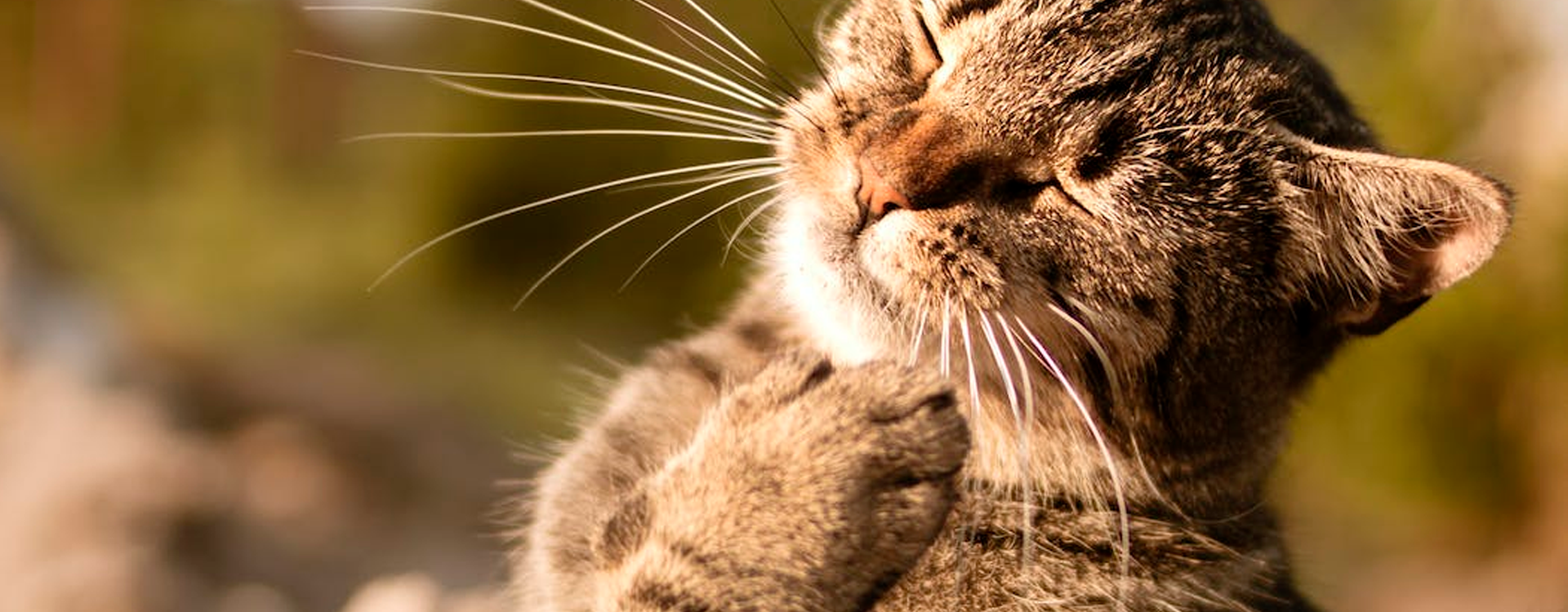
At what temperature does a cat have to be?
Knowing what temperature a cat should be at is very important. Your cat is a very special animal, you know that for sure. And one of its particular characteristics is its tendency to rest in warm places and its tolerance to heat. They are always looking for a ray of sunshine or a warm spot in your house to soak up as much heat as possible, and they even come into conflict with each other over that favourite spot.
Of course, their body temperature (38.8°C) is higher than ours (37°C). That's why they can tolerate somewhat higher ambient temperatures than we can.
What is the ideal temperature for my cat?
For a cat, an acceptable temperature in your environment would be between 30 and 38°C. So keep this in mind and always adapt your cat's living area to this range. This is especially important in winter and in veterinary clinics and hospitalisation, where the animal is often ill or immunosuppressed. Adjusting your cat's temperature becomes even more important to obtain the comfort necessary for its health.
What does science tell us about a cat's temperature?
Scientific evidence places the ancestor of the domestic cat in the Near East and North Africa as the Nubian cat, or Felis silvestris lybica. This explains why our modern-day cat is adapted to high temperatures and low water intake.
However, this does not mean that they tolerate everything. Extreme temperatures and exposure to the sun will affect them, as well as causing sunburn, so you will have to protect them in very hot summers. Like the ones we are currently experiencing.
We know that cats are less sensitive to heat than people. We can feel the pain caused by heat of 44°C or more. However, cats can only feel heat pain at 52°C and above. In addition, cats have fewer points along their bodies where they can feel heat. Their heat sensors are concentrated on their faces, making this area especially receptive to heat.
In some studies it was found that cats cannot sense slight increases in temperature, but they do sense slight decreases in temperature on the skin of the back. The paw appears to be more sensitive to temperature changes than previously thought and its sensitivity to temperature may be comparable to that of a primate's hand.
How does a cat's temperature affect its breed?
Long-haired breeds, such as Persians and Balinese, tend to have higher temperatures. Even so, when the body temperature rises above 40°C it should be a cause for concern. Hairless cats or cats that have had their hair cut should never be subjected to low temperatures and may even need a jumper indoors.
What temperature is too high for cats?
In theory, they can do well in warm climates, around 38°C outside. But tolerance will vary greatly depending on relative humidity, their physical and health condition, age and coat type. So it is best to be safe and careful.
And too cold?
Anything below 7°C is too cold and although most cats cope very well with cold temperatures, especially if they are used to living outdoors, it is good to provide them with places to shelter or let them indoors on cold days.
On the other hand, cats that are sick are at a higher risk of hypothermia: endocrine diseases such as hyperthyroidism, kidney disease, heart disease, cancer, etc.
Whether outdoors or indoors and in high or low temperatures, providing cats with shelters in different areas, whether warm or cool, is very important for them to have strategies to cope with extremes.
Cardboard is an ideal material, as it can be cool in summer and warm in winter and allows them to be insulated from both humidity and dry air by staying inside.
With Coolcatss you allow them to benefit from these qualities and increase their well-being.


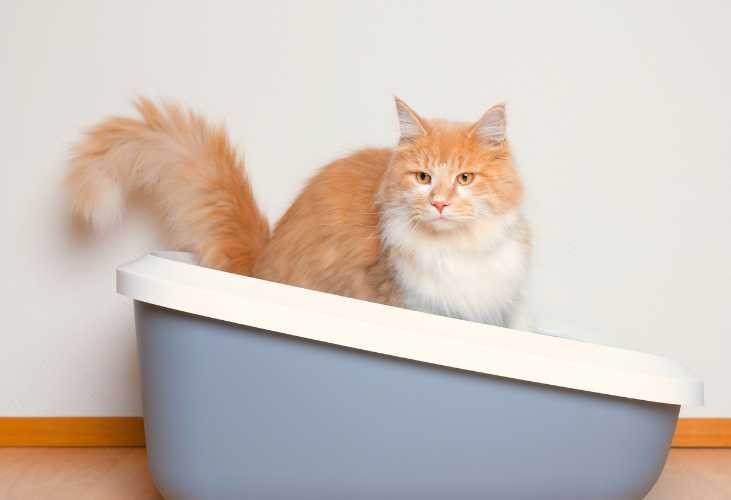




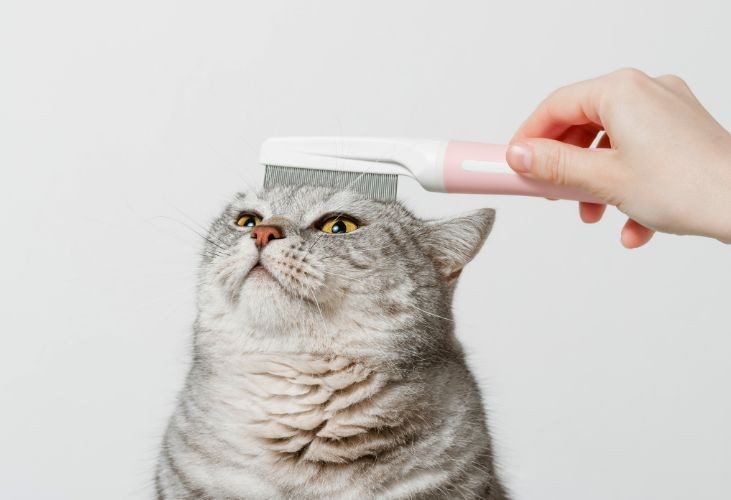
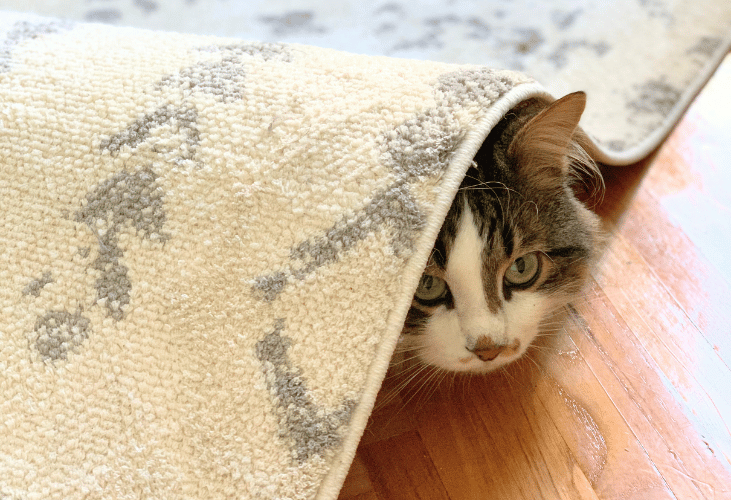
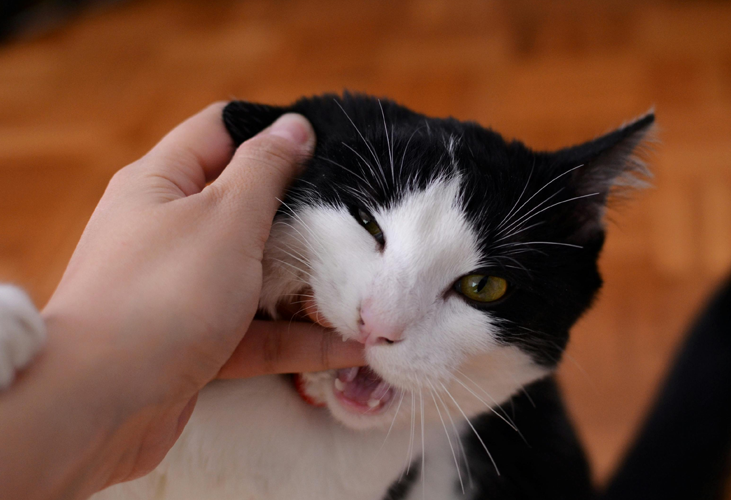
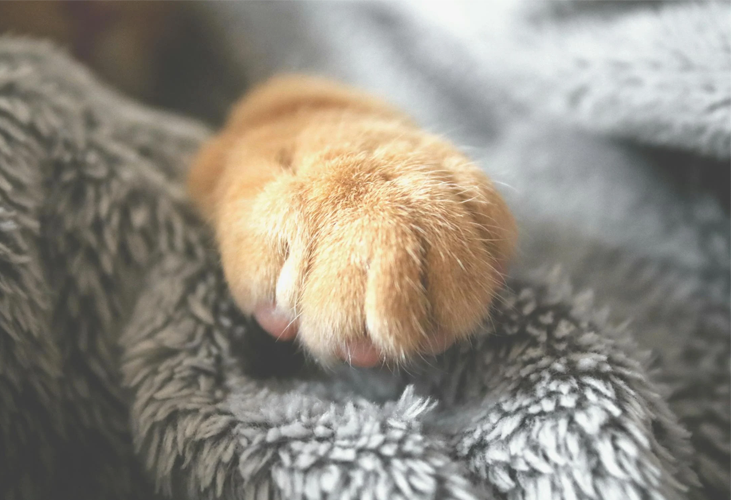

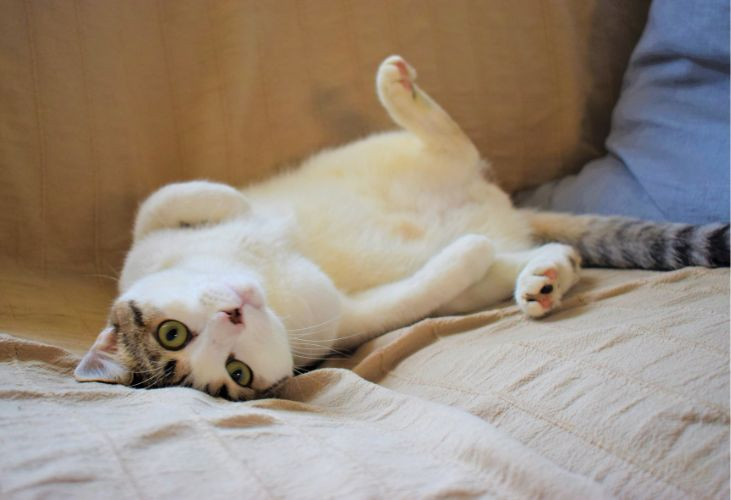
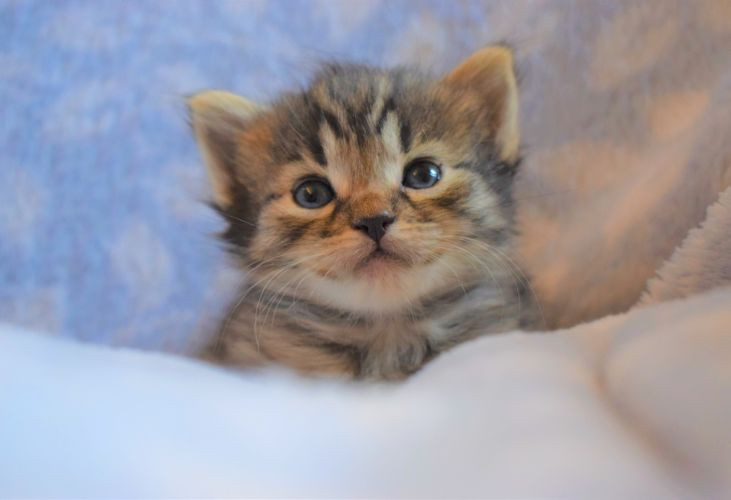



Leave a comment